
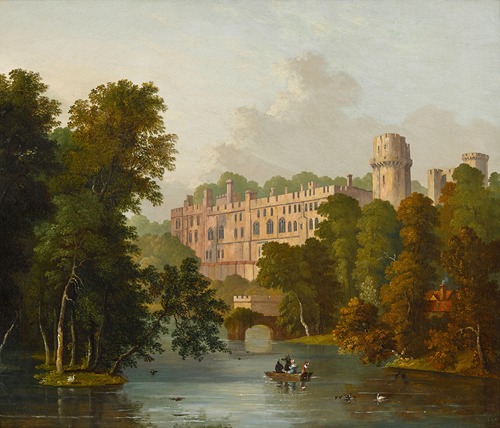
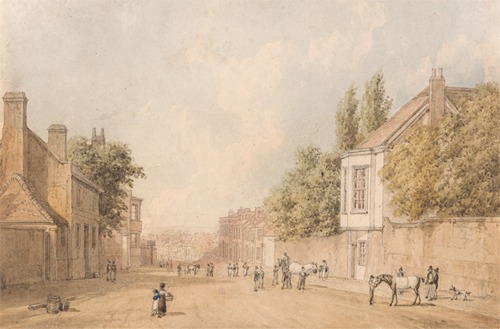

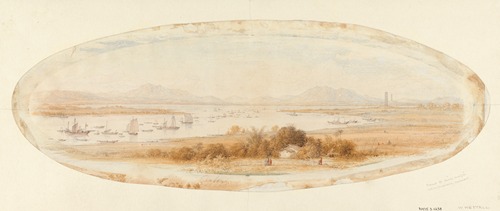
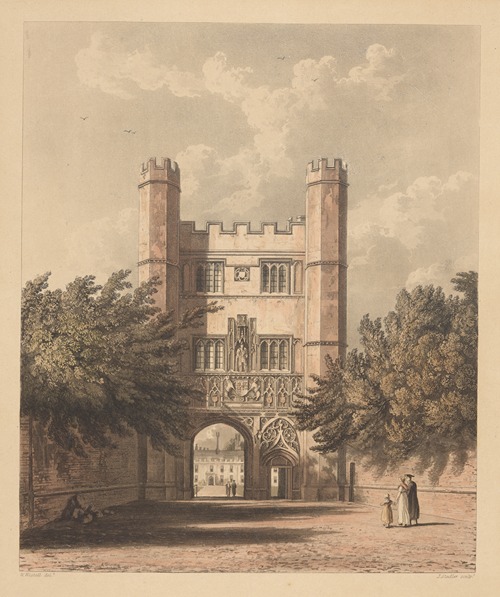
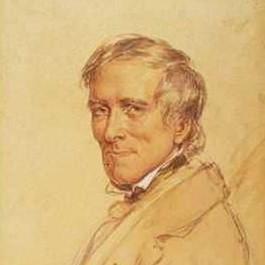

William Westall was born in Hertford, England, and grew up in London. He was taught to draw by his half-brother Richard Westall (1765–1836), who achieved some distinction as a watercolour painter. Westall was admitted to the Royal Academy School in 1799, the same year as John Constable. In the following year, he was appointed the landscape artist on HMS Investigator, commanded by Matthew Flinders. During the circumnavigation of Australia, he made many pencil and wash landscapes as well as a series of coastal profiles in pencil. Some of the sketches were lost or damaged when HMS Porpoise ran aground on a reef in August 1803. Westall and his drawings were marooned on Wreck Reef for eight weeks. The surviving works were subsequently shipped to England and given to Richard Westall to be restored.
In late 1804 Westall returned to England. He subsequently travelled to Madeira and Jamaica and his watercolour views of places that he visited were exhibited in London. The Admiralty commissioned him to paint nine pictures to illustrate Flinders’s A Voyage to Terra Australis (1814). Many of his pictures, reproduced as aquatints, appeared in publications such as Rudolph Ackermann’s books A History of the University of Oxford (1814) and A Picturesque Tour of the River Thames (1828). He was elected an associate of the Royal Academy in 1812, but never achieved the fame of his brother.





